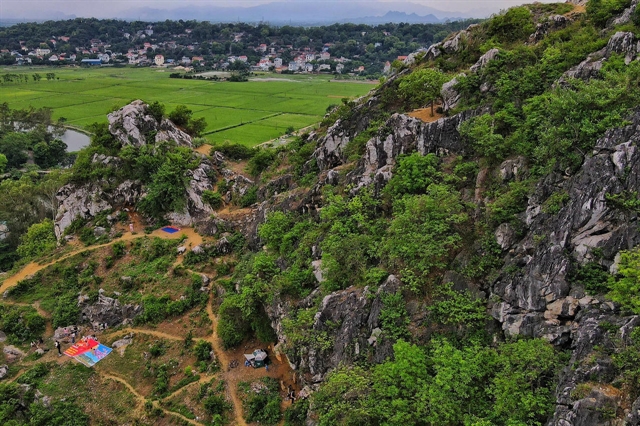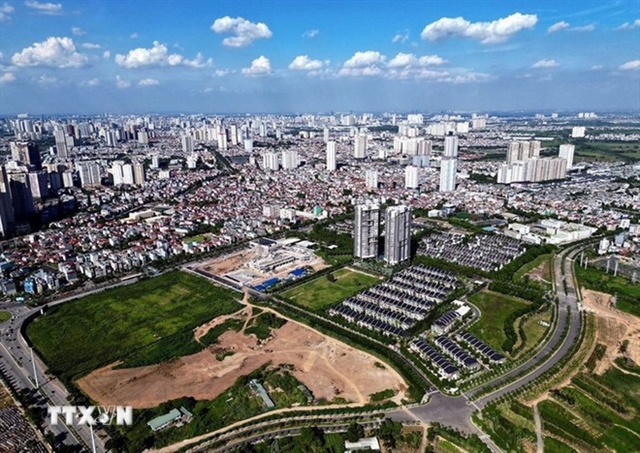 World
World

Surging flood water and mud brought by a devastating typhoon killed nine people in an elderly care home in northern Japan, officials said today, after the third storm in two weeks ripped through the country.
TOKYO — Surging flood water and mud brought by a devastating typhoon killed nine people in an elderly care home in northern Japan, officials said today, after the third storm in two weeks ripped through the country.
The bodies were discovered in a riverside care complex half buried in mud, uprooted trees and rubble after Typhoon Lionrock tore through the region, dumping torrential rain over a wide area.
Footage from public broadcaster NHK showed a helicopter hovering over the building in Iwaizumi on the island of Honshu, as rescuers tried to pluck other stranded residents to safety.
A district disaster official said the nine elderly people died as a result of mud that swamped the facility.
"The nearby Omoto river flooded and lots of water mixed with mud, trees and rubble gushed into the building complex," he said, adding that the nine people "were buried in mud inside the facility building".
The nine were the only people in that building, he said.
Media reports said the building was reserved for people with dementia and another 86 elderly residents and employees were in another facility building at the time.
Police "are trying to confirm the identities of these bodies", said Shuko Sakamoto, a spokeswoman for police in Iwate prefecture.
The death toll from the powerful storm rose to 11 after an elderly woman was found dead in her flooded home nearby, and another body was discovered not far from the nursing home, the Fire and Disaster Management Agency said.
Aerial footage showed a broad swathe of flooded land, with parked cars half submerged in murky water.
Lionrock slammed into northern Japan yesterday evening, dumping heavy rain that caused flooding and triggered power outages.
Japan’s Disaster Medical Assistance Team has sent rescuers to Iwaizumi.
Unusual path
The typhoon, with winds of over 160 kilometres an hour when it made landfall, also caused flooding on the northern island of Hokkaido.
The typhoon was later reclassified as an extratropical cyclone and moved out into the Sea of Japan at midnight, said the Japan Meteorological Agency.
The full scale of damage, however, did not become apparent until daybreak when rescue operations began in earnest.
In Hokkaido, the northernmost of Japan’s four main islands, one person who had been inside a car was missing in the town of Taiki, police and government officials said.
At least three cars fell into rivers in other towns on the island after bridges collapsed, they said, stressing it was not known how many people were inside the vehicles.
"In Minamifurano town, the water level is still very high with a current, and rescue workers are using helicopters now to try to evacuate several peopl who are left on the roofs of their houses or their cars," said Hokkaido official Terumi Kohan.
Lionrock’s path -- hitting northeastern Japan from the Pacific Ocean – was unusual.
Typhoons usually approach Japan from the south and southwest before moving northward across the archipelago.
Up to eight centimetres of rain per hour fell overnight and authorities had warned of flooding and landslides.
The typhoon’s landfall came at high tide, which exacerbated the flow of water.
Lionrock comes on the heels of two other typhoons that hit Japan in the past nine days, resulting in two deaths, the cancellation of hundreds of domestic flights and disruptions to train services.
As of noon today it had combined with another similar storm in the Sea of Japan and was near the North Korea-China border, said Eiju Takahashi, an official at Japan’s weather agency. — AFP




